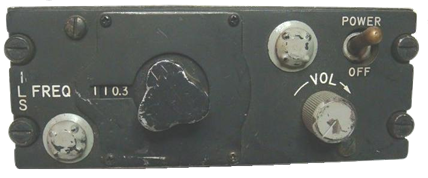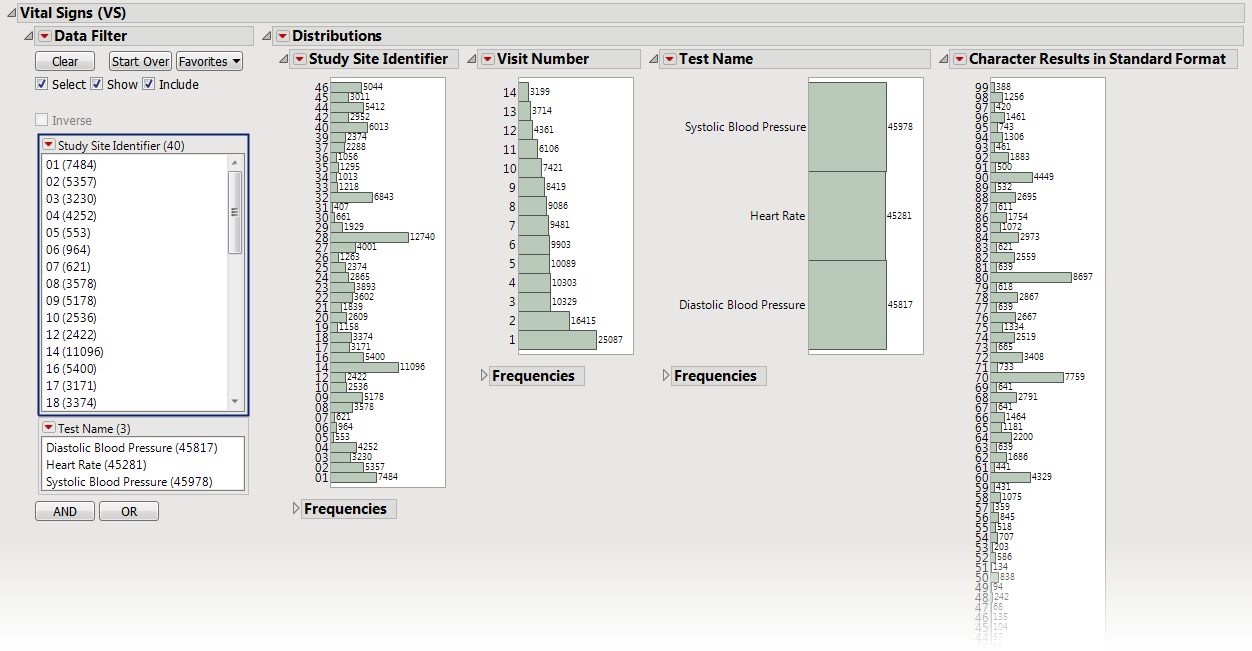
The glideslope portion is a UHF signal and seems to be a bit more cantankerous. Usually it’s offset to a runway at too great an angle, but sometimes it’s because there was a localizer signal from a totally different airport that just happened to point the right way for an approach. There are also Localizer Directional Aid (LDA) approaches that use a localizer beam but with issues that make it unsuitable for a true localizer approach. Variations on the theme include the Simplified Directional Facility (SDF), which shows up at many of the “lower-budget” airports. Some installations can’t have a glideslope due to magnetic or terrain influences and thus you’ll find localizer-only approaches without an option for an ILS. It provides only azimuth guidance to the airport/runway complex, and is considered a non-precision approach because we don’t have a descent angle to the ground presented to the pilot on aircraft instrumentation. The localizer is a VHF signal similar to what Jimmy Doolittle used for his first zero-zero takeoff-and-landing demo. You paid for both approaches you might as well get your money’s worth. It’s even stated this way in TERPs: two separate approaches.īut that doesn’t mean you can’t start off flying one and decide fate or operational preference dictates a switch to the other, even well inside the FAF.

What you’re looking at is really two approaches that share a piece of paper: the ILS and the localizer-only.

Pull out your average approach plate for your favorite ILS. You just have to move the aircraft back into the safe zone.


 0 kommentar(er)
0 kommentar(er)
